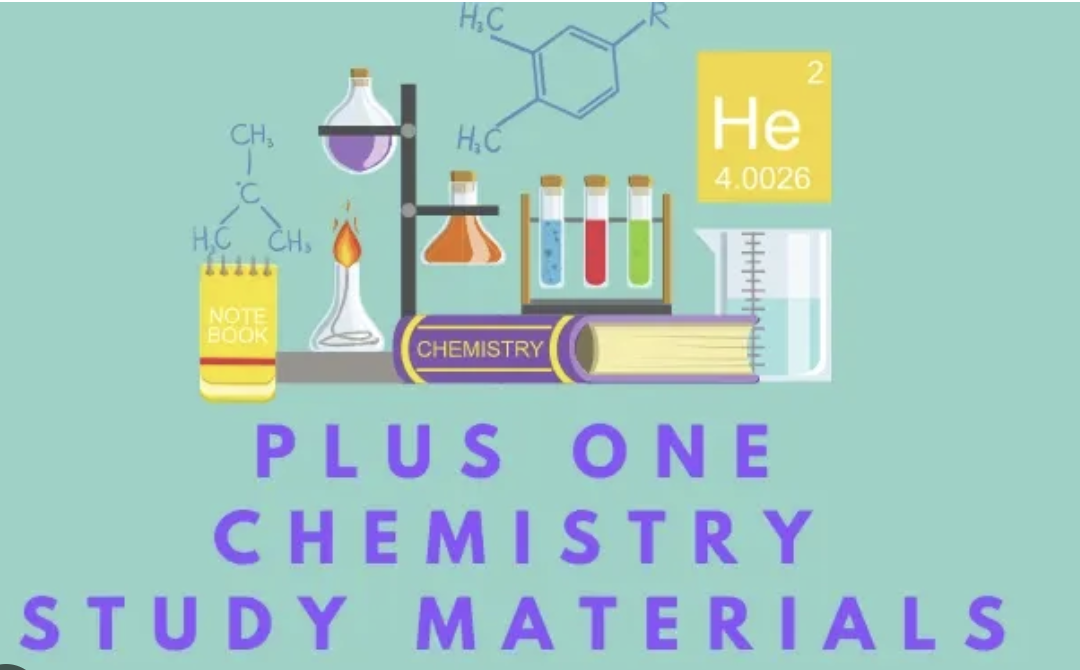The alkali and alkaline earth metals come into focus in this chapter, highlighting their distinctive properties derived from their electronic configurations. Students examine trends in reactivity, flame colors, and compound formation. The biological significance of elements like sodium, potassium, and calcium is discussed, along with industrial applications of s-block compounds. This chapter connects periodic trends to observable chemical behavior, demonstrating the predictive power of the periodic table.
Chapter 10: The s-Block Elements
Introduction
The s-block elements include Groups 1 and 2 of the periodic table:
- Group 1 (Alkali Metals): Lithium (Li), Sodium (Na), Potassium (K), Rubidium (Rb), Cesium (Cs), and Francium (Fr)
- Group 2 (Alkaline Earth Metals): Beryllium (Be), Magnesium (Mg), Calcium (Ca), Strontium (Sr), Barium (Ba), and Radium (Ra)
These elements have their valence electrons in the s-orbital, giving them similar chemical properties within their respective groups.
General Characteristics of s-Block Elements
Electronic Configuration:
- Group 1: [Noble gas] ns¹
- Group 2: [Noble gas] ns²
Physical Properties:
- Metallic Character: All are metals with typical metallic properties
- Atomic and Ionic Radii: Increase down the group due to addition of electron shells
- Ionization Energy: Decreases down the group due to increasing atomic size and effective nuclear charge
- Electropositive Character: Increases down the group
- Melting and Boiling Points: Generally decrease down Group 1, irregular trend in Group 2
- Density: Generally increases down both groups (with some exceptions)
- Flame Coloration: Each element gives characteristic flame color due to electron excitation
Group 1: Alkali Metals
General Properties:
- Soft metals with low melting points
- Highly reactive, stored under mineral oil
- Form univalent ions (M⁺)
- Strong reducing agents
Chemical Properties:
- Reaction with Oxygen:
- Li forms Li₂O (oxide)
- Na forms Na₂O₂ (peroxide)
- K, Rb, Cs form superoxides (MO₂)
- Reaction with Water: 2M + 2H₂O → 2MOH + H₂ (increasingly vigorous down the group)
- Reaction with Hydrogen: Form ionic hydrides (MH)
- Reaction with Halogens: Form ionic halides (MX)
Important Compounds:
- Oxides and Hydroxides: Strong bases, highly soluble in water
- Halides: Ionic, crystalline solids with high melting points
- Carbonates and Bicarbonates: Stable to heat, used in various applications
- Sodium Compounds:
- Sodium Chloride (NaCl): Table salt, raw material for many chemicals
- Sodium Hydroxide (NaOH): Used in soap making, paper industry
- Sodium Carbonate (Na₂CO₃): Used in glass making, water softening
Group 2: Alkaline Earth Metals
General Properties:
- Harder than alkali metals with higher melting points
- Less reactive than alkali metals
- Form divalent ions (M²⁺)
- Strong reducing agents (but less than alkali metals)
Chemical Properties:
- Reaction with Oxygen: Form oxides (MO)
- Reaction with Water:
- Be: No reaction
- Mg: Reacts with steam
- Ca, Sr, Ba: React with cold water
- Reaction with Halogens: Form halides (MX₂)
- Reaction with Nitrogen: Form nitrides (M₃N₂)
Important Compounds:
- Oxides and Hydroxides: MO and M(OH)₂, basic in nature
- Halides: MX₂, more covalent than alkali metal halides
- Carbonates: MCO₃, decompose on heating to form oxide and CO₂
- Calcium Compounds:
- Calcium Oxide (CaO): Quicklime, used in cement
- Calcium Hydroxide (Ca(OH)₂): Slaked lime, used in mortar
- Calcium Carbonate (CaCO₃): Limestone, marble, chalk
- Plaster of Paris (CaSO₄·½H₂O): Used in casts, sculptures
Biological Importance of s-Block Elements
- Na⁺ and K⁺: Essential for nerve impulse transmission and maintaining osmotic balance
- Mg²⁺: Component of chlorophyll and enzyme cofactor
- Ca²⁺: Essential for bone formation, blood clotting, muscle contraction
Anomalous Behavior of Lithium and Beryllium
Due to their small size, high charge density, and high polarizing power, Li and Be show several anomalous properties compared to other members of their respective groups, often showing diagonal relationships with magnesium and aluminum respectively.
Complete Chapter-wise Hsslive Plus One Chemistry Notes
Our HSSLive Plus One Chemistry Notes cover all chapters with key focus areas to help you organize your study effectively:
- Chapter 1 Some Basic Concepts of Chemistry
- Chapter 2 Structure of Atom
- Chapter 3 Classification of Elements and Periodicity in Properties
- Chapter 4 Chemical Bonding and Molecular Structure
- Chapter 5 States of Matter
- Chapter 6 Thermodynamics
- Chapter 7 Equilibrium
- Chapter 8 Redox Reactions
- Chapter 9 Hydrogen
- Chapter 10 The s Block Elements
- Chapter 11 The p Block Elements
- Chapter 12 Organic Chemistry: Some Basic Principles and Techniques
- Chapter 13 Hydrocarbons
- Chapter 14 Environmental Chemistry
